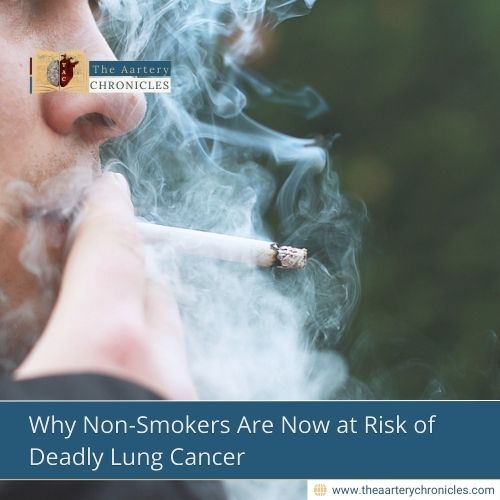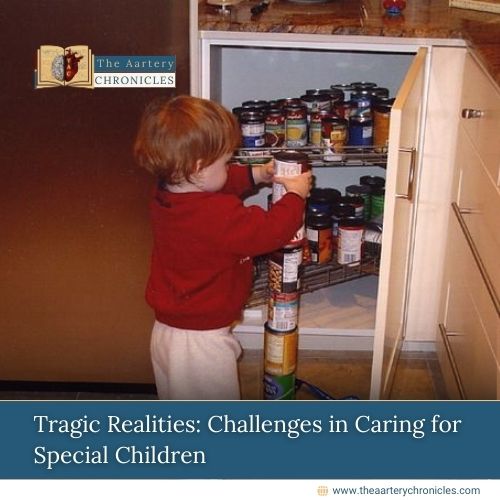

Why Non-Smokers Are Now at Risk of Deadly Lung Cancer
A recent study published in The Lancet Respiratory Medicine on World Cancer Day has revealed a concerning trend—lung cancer cases among non-smokers are on the rise, with air pollution emerging as a possible culprit.
Adenocarcinoma: The Most Common Lung Cancer in Non-Smokers
The study found that adenocarcinoma, a type of lung cancer that originates in the glands responsible for producing mucus and other fluids, accounted for 53-70% of lung cancer cases in non-smokers worldwide in 2022. Unlike other forms of lung cancer, adenocarcinoma has only a weak association with cigarette smoking.
Declining Smoking Rates, Increasing Non-Smoker Cases
With smoking rates dropping globally, the proportion of lung cancer cases among non-smokers has steadily increased. The research also noted that adenocarcinoma has now become the most common type of lung cancer across all genders. In 2022 alone, there were approximately 908,000 new cases of lung cancer in women, with 59.7% being adenocarcinoma.
Air Pollution: A Hidden Threat
One of the key findings of the study was the significant impact of air pollution, particularly fine particulate matter (PM), on lung cancer cases. The study estimated that 80,378 cases of lung cancer in women were directly linked to PM pollution. This suggests that exposure to polluted air plays a crucial role in increasing lung cancer risks, even among individuals who have never smoked.
Global Air Quality Below Safe Standards
Experts from the International Agency for Research on Cancer (IARC) and the World Health Organization (WHO) analyzed data from the Global Cancer Observatory and other sources. Their findings highlighted that as of 2019, almost the entire global population was living in areas where air quality did not meet WHO safety standards. This underscores the urgent need for stronger air pollution control measures.
Urgency for Public Health Action
Freddie Bray, lead author of the study and head of IARC’s cancer surveillance branch, emphasized the importance of these findings for policymakers. He noted that understanding the rising lung cancer cases among non-smokers can help shape more effective prevention strategies, including targeted tobacco control policies and improved air quality regulations.
Higher Risk Among Women and Asian Populations
The study also pointed out that lung cancer in non-smokers ranks as the fifth leading cause of cancer-related deaths globally. It is most commonly found in women and Asian populations, occurring almost exclusively in the form of adenocarcinoma.
Conclusion
With lung cancer cases in non-smokers continuing to rise, addressing air pollution is becoming more critical than ever. Strengthening environmental policies and raising awareness about air quality’s impact on health could help reduce the risk of lung cancer in future generations.
By taking proactive steps, individuals and governments alike can work towards a cleaner, healthier environment and lower the incidence of this deadly disease.
Source: Inputs from various media Sources

Priya Bairagi
Reviewed by Dr Aarti Nehra (MBBS, MMST)
I’m a pharmacist with a strong background in health sciences. I hold a BSc from Delhi University and a pharmacy degree from PDM University. I write articles and daily health news while interviewing doctors to bring you the latest insights. In my free time, you’ll find me at the gym or lost in a sci-fi novel.








